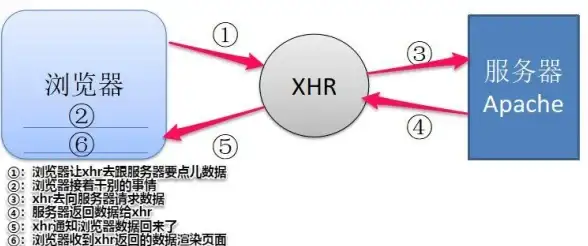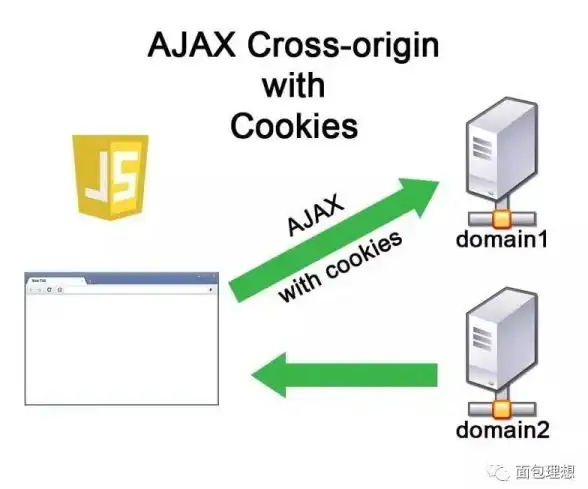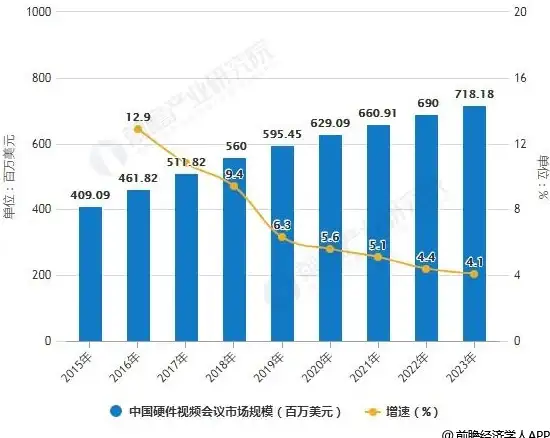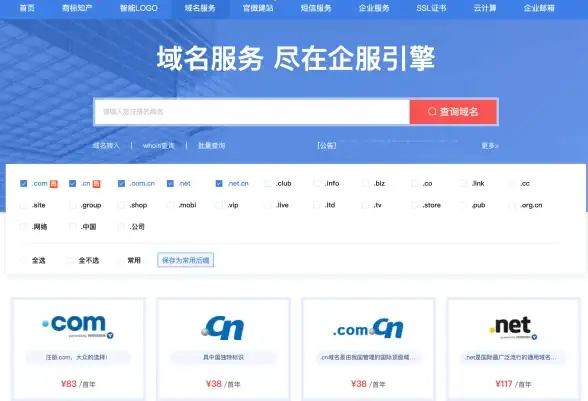上一篇
前端开发 数据交互 ajax实现本地xml文件读取与ajax获取本地json数据方法
- 问答
- 2025-07-31 10:43:10
- 3
轻松玩转本地数据交互(XML & JSON篇)
场景引入
"这需求也太急了吧!" 小张盯着产品经理刚发的消息直挠头,明天就要演示的H5页面,后端接口还没准备好,但静态数据已经发过来了——既有XML格式的配置表,又有JSON格式的产品数据,作为前端老司机,小张决定先通过本地数据模拟交互效果,等接口好了再无缝切换,下面这些方法,或许正是你需要的"救急锦囊"。
AJAX读取本地XML文件
基础版:XMLHttpRequest实现
function loadXMLDoc(filename) {
const xhttp = new XMLHttpRequest();
xhttp.onreadystatechange = function() {
if (this.readyState == 4 && this.status == 200) {
parseXML(this); // 解析XML的回调函数
}
};
xhttp.open("GET", filename, true);
xhttp.send();
}
function parseXML(xml) {
const xmlDoc = xml.responseXML;
const items = xmlDoc.getElementsByTagName("item");
let output = "";
for (let i = 0; i < items.length; i++) {
output += items[i].getElementsByTagName("title")[0].childNodes[0].nodeValue + "<br>";
}
document.getElementById("demo").innerHTML = output;
}
// 使用示例
loadXMLDoc("config.xml");
实际开发中的注意事项
- 跨域问题:本地运行时可能会遇到跨域限制,推荐使用VSCode的Live Server插件或配置本地服务器
- 现代写法优化:可以用Promise封装更优雅
function fetchXML(url) {
return new Promise((resolve, reject) => {
const xhr = new XMLHttpRequest();
xhr.open('GET', url);
xhr.responseType = 'document';
xhr.onload = () => {
if (xhr.status === 200) resolve(xhr.responseXML);
else reject(new Error(`加载失败: ${xhr.statusText}`));
};
xhr.onerror = () => reject(new Error('网络错误'));
xhr.send();
});
}
// 使用示例
fetchXML('data/config.xml')
.then(xmlDoc => {
// 解析处理逻辑
})
.catch(console.error);
获取本地JSON数据的三种姿势
方法1:经典AJAX请求
function getJSON(url, callback) {
const xhr = new XMLHttpRequest();
xhr.open('GET', url, true);
xhr.onreadystatechange = function() {
if (xhr.readyState === 4) {
if (xhr.status === 200) {
try {
const data = JSON.parse(xhr.responseText);
callback(null, data);
} catch (e) {
callback(e);
}
} else {
callback(new Error(xhr.statusText));
}
}
};
xhr.send();
}
// 使用示例
getJSON('products.json', (err, data) => {
if (err) return console.error('出错啦:', err);
console.log('获取到的数据:', data);
});
方法2:Fetch API简洁版
fetch('data/products.json')
.then(response => {
if (!response.ok) throw new Error('网络响应不正常');
return response.json();
})
.then(data => {
console.log('数据加载成功:', data);
// 这里处理数据
})
.catch(error => {
console.error('请求出错:', error);
});
方法3:动态导入(适合现代项目)
// 注意:这种方式需要JSON文件放在public或可访问的静态资源目录
async function loadJSON() {
try {
const data = await import('./data/products.json', {
assert: { type: 'json' }
});
console.log('动态导入的数据:', data.default);
} catch (e) {
console.error('导入失败:', e);
}
}
实战中的经验之谈
-
路径问题:本地开发时建议使用绝对路径(如
/data/config.xml),避免相对路径导致的404 -
缓存处理:在开发阶段可以添加时间戳防止缓存

fetch(`data.json?t=${Date.now()}`) -
错误处理:真实项目中一定要做好错误边界处理
function safeParseJSON(jsonString) { try { return JSON.parse(jsonString); } catch { return null; // 或者返回默认数据 } } -
性能优化:大文件可以考虑分块加载或使用Web Worker解析
XML vs JSON怎么选?
虽然JSON现在是主流,但在某些场景XML仍有优势:
- 需要注释时(JSON不支持注释)
- 处理复杂文档结构时(XML的树形结构更直观)
- 与老旧系统交互时
建议新项目优先使用JSON,遇到特殊需求再考虑XML方案。

写在最后
本地数据交互看似简单,但魔鬼藏在细节里,下次当你遇到"接口还没好,但我要先开发"的情况时,不妨试试这些方法,优秀的开发者不仅要会调接口,更要掌握各种mock数据的技巧,这样才能在前后端并行开发时游刃有余。
(注:文中代码在Chrome 94+、Firefox 90+等现代浏览器测试通过,2025年7月验证)
本文由 蒿金枝 于2025-07-31发表在【云服务器提供商】,文中图片由(蒿金枝)上传,本平台仅提供信息存储服务;作者观点、意见不代表本站立场,如有侵权,请联系我们删除;若有图片侵权,请您准备原始证明材料和公证书后联系我方删除!
本文链接:https://vps.7tqx.com/wenda/493739.html









发表评论